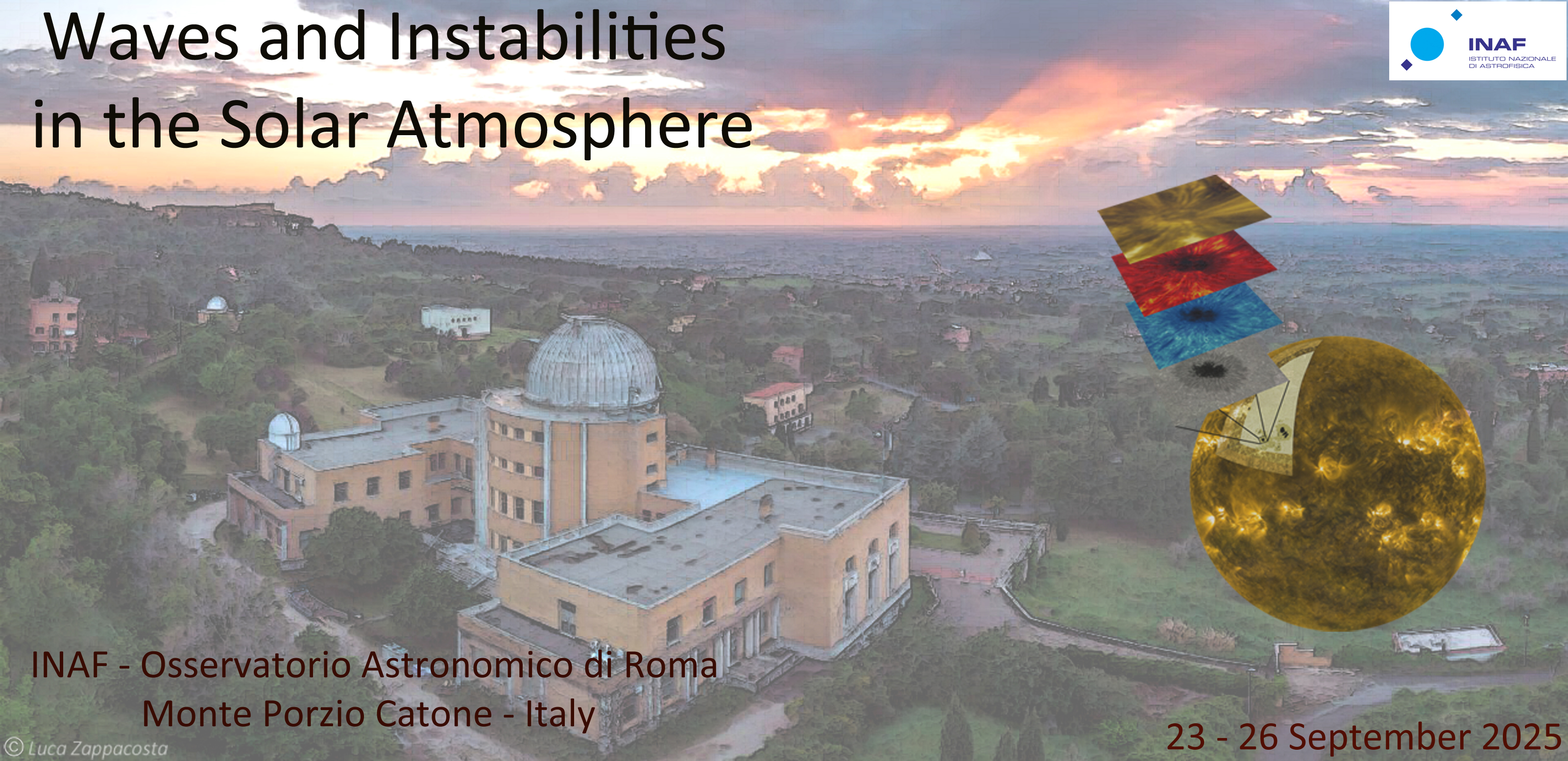Speaker
Description
The outermost layer of the solar atmosphere is referred to as corona, of which temperature is hundred times hotter than the surface while the ultimate heat source locates at the inner core. The solar coronal heating problem is one of the most critical challenges in solar physics. Recent advancements in observational accuracy have revealed numerous facts that cannot be explained by the conventional classical model of solar coronal heating. Among these, small-scale swirls, whose diameters are comparable to the current instrumental limits, are observed at the top of the convection zone. They have been highlighted as a potential new source of magnetic energy supply to the corona. However, the overall contribution of swirls to the total magnetic energy supply to the corona remains uncertain. Additionally, theoretical model capable of deriving the magnetic energy dissipation caused by swirls has yet to be established. To address this, we conducted statistical analyses using radiative magnetohydrodynamic simulations that consistently solve the system from the convection zone to the corona. We investigated the statistical properties of magnetic energy supply and dissipation caused by swirls in a unified framework. Our results reveal that swirls account for approximately half of the total magnetic energy supplied to the corona and can trigger magnetic reconnection, achieving magnetic energy dissipation consistent with observed heating signatures.
| Sessions | Wave generation, energy transport, dissipation and heating |
|---|

